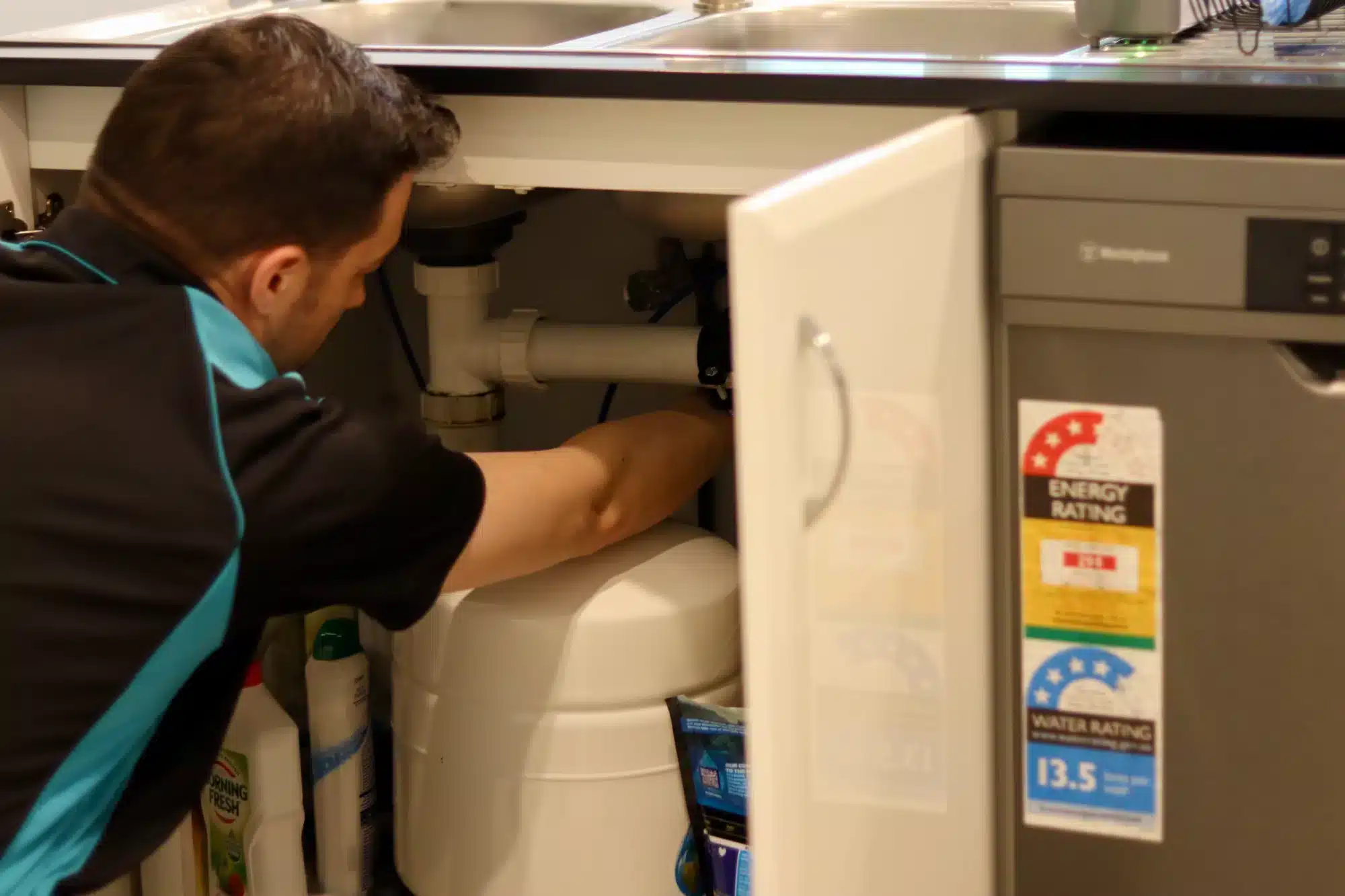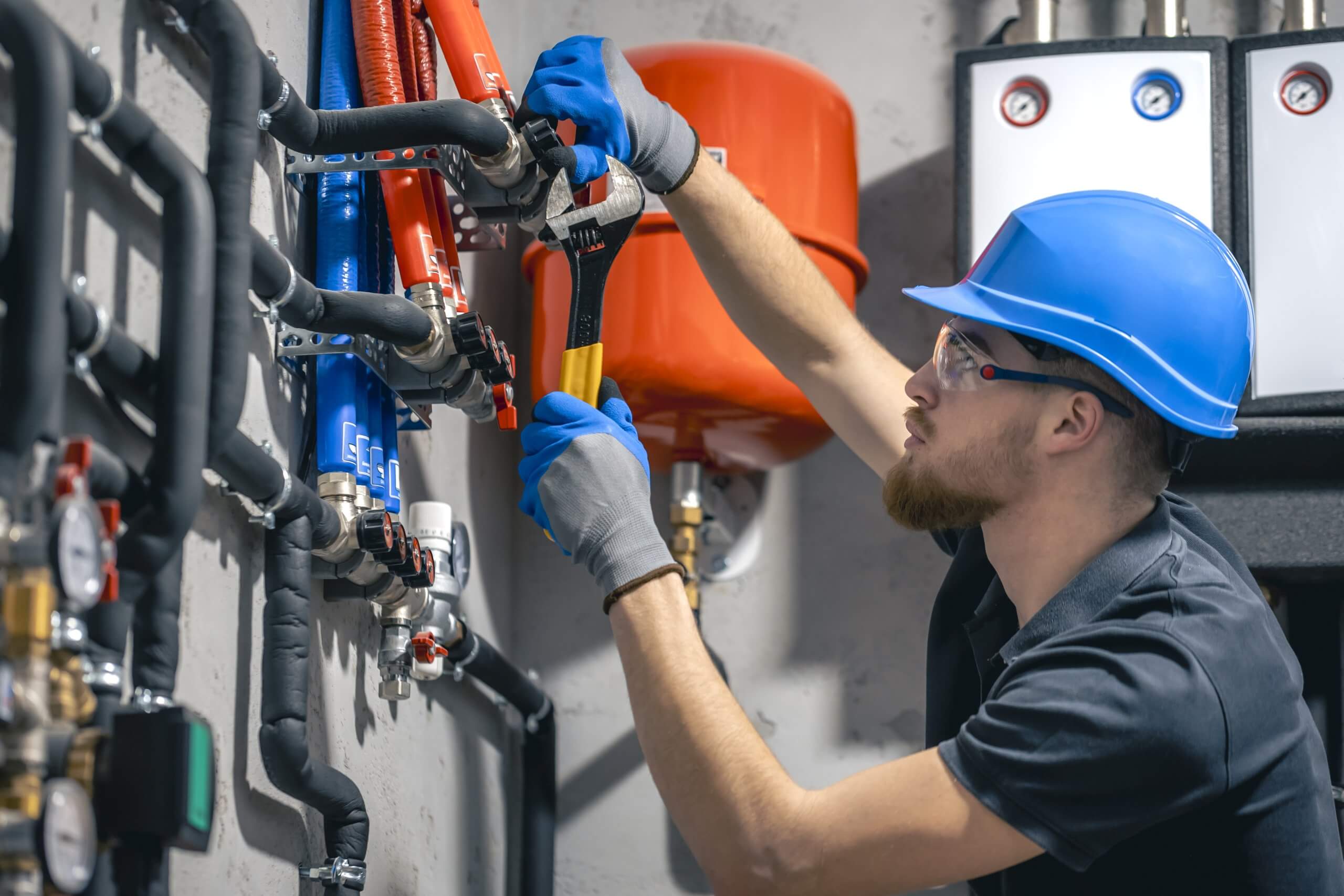Upgrading or replacing your showerhead is one of the easiest, most cost-effective ways to change shower head and improve your shower experience. Whether you’re replacing an old fixture, looking to boost water pressure, or switching to a water-saving model, this guide will take you through the entire process. No need to call a plumber—just follow these easy-to-follow steps for a professional-quality showerhead installation in no time!
Step 1: Preparing for Shower Head Installation
Before diving into the installation, make sure you have everything ready to go. Refer to this simple guide, the step-by-step guide to review the process and ensure you have all the necessary tools and materials at hand.
Gather Tools and Supplies, including the necessary pipe fittings.
To ensure a smooth installation, gather the following items including the right pipe fitting :
- Adjustable wrench or pliers – for loosening and tightening the shower head.
- Teflon tape (plumber’s tape) – to seal the connection and prevent leaks.
- New shower head – and a new shower arm if required.
- WD-40 or penetrating oil – for loosening any stuck parts.
- Rubber washer – usually provided with your new shower head to ensure a watertight seal.
- Screwdriver – if required for mounting or tightening the new shower head.
- Cleaning cloth or rag – to wipe off any old tape, debris, or water.
- Small bucket or towel – to catch water drips or prevent mess.
Step 2: Turn Off the Water Supply
While you don’t need to shut off the water supply to your entire home, it’s a good idea to protect your bathroom surroundings and prevent any worries about accidental sprays or leaks from the water outlet during the plumbing installation.
Shut Off the Water Flow
- Locate the bathroom’s shut-off valves, typically near the water supply line under the sink or behind the shower.
- Turn the valves clockwise to close them, cutting off the water supply to the shower.
- Once shut off, open the faucet or shower valve to release any remaining water in the pipes. This will leave your workspace dry and prevent water drips when you remove the old shower head.
Step 3: Removing the Old Shower Head
Now that you’re ready to replace the old fixture, it’s time to carefully remove it.
Loosen and Remove the Old Shower Head
- Use an adjustable wrench to grip the base of the old shower head and turn it counterclockwise to loosen it. Be sure to do this gently to avoid damaging the pipe.
- If the shower head is stuck due to rust or mineral build-up, spray WD-40 or a similar penetrating oil around the base of the shower head and allow it to sit for a few minutes. This will help loosen stubborn parts.
- Once the old shower head is loose, remove it by hand and set it aside.
- Use a cleaning cloth to wipe away any old Teflon tape, debris, or corrosion from the exposed threads of the shower arm.
Step 4: Installing the New Shower Head
With the old fixture removed, it’s time to install the new showerhead, which could be a handheld shower head.
Apply Teflon Tape
- Wrap Teflon tape around the clean threads of the shower arm, ensuring that you wrap it in a clockwise direction.
- Apply 2–3 layers of tape for a secure, leak-free seal and to prevent metal-on-metal contact between the shower arm and the new shower head.
Attach the New Shower Head
- Carefully screw the new shower head onto the shower arm by hand.
- Once it’s hand-tight, use your wrench to tighten it a quarter turn more. Be cautious not to overtighten, as this could cause damage to the threads.
- If your new shower head includes a rubber washer, make sure it’s seated properly inside the connection point before attaching the shower head to the arm.
Step 5: Specialised Shower Head Installations
Depending on the range of shower head types you’ve chosen, including wall mounted options follow these additional steps for handheld or wall-mounted models.
Handheld Shower Head Installation
- Connect one end of the shower hose to the base of the handheld unit.
- Attach the other end of the hose to the shower arm or diverter valve.
- If your model includes a wall mount holder, secure it to the wall using screws or adhesive, following the manufacturer’s instructions.
- Test the hose and ensure it fits securely in the wall mount holder, checking for any leaks.
Wall-Mounted Shower Head Installation
For wall-mounted shower heads, you may need to drill holes in the tiles for proper installation.
- Use a pencil to mark the location where you’d like to install the mounting bracket or holder.
- Drill holes at the marked points and insert wall plugs or anchors if necessary.
- Attach the wall-mount fixture using screws and a screwdriver.
- Connect the new shower head to the shower arm and tighten as per the previous instructions.
Step 6: Testing and Finalising the Installation
After the installation is complete, it’s essential to test the setup to ensure it’s working properly.
Run a Leak Test
- Turn on the water supply by slowly opening the shower valve.
- Check for any leaks at the connection points of the new shower head and shower arm.
- If you spot any leaks, turn off the water supply, remove the shower head, and reapply Teflon tape to ensure a better seal.
- Once you’ve confirmed there are no leaks, test the shower head’s spray pattern. Make sure it provides an even flow of water and that the pressure meets your expectations.
Step 7: Choosing the Right Shower Head
A little planning can go a long way when selecting the perfect shower head for your needs. Consider these factors and the range of option before purchasing:
- Water Pressure Compatibility – Ensure the new shower head is compatible with your home’s water pressure to avoid weak or excessive water flow.
- Spray Pattern and Water Flow Options – Decide on the type of spray pattern you prefer, such as rainfall, massage, or mist. Some shower heads also offer adjustable settings to suit your preferences.
- Aesthetic and Finish – Choose a shower head that complements your bathroom’s decor, whether you prefer a sleek modern design or a more traditional look.
- Type of Installation – Determine if you need a fixed, handheld, or dual shower head. Each type offers unique advantages, such as flexibility or powerful water coverage.
- Water Efficiency – If you’re looking to save on water usage, opt for a water-efficient shower head. Look for models that feature WELS (Water Efficiency Labelling and Standards) ratings in Australia.
Step 8: Troubleshooting Common Issues
Even after installation, you may encounter a few issues. Here’s how to troubleshoot common shower head problems:
Low Water Flow
- Inspect for Blockages – Remove the shower head and check for any clogs or mineral deposits.
- Clean with Vinegar – Soak the shower head in vinegar to dissolve any build-up, particularly if you have hard water.
- Check for Flow Restrictors – Some shower heads come with built-in flow restrictors to conserve water. If you’re not satisfied with the flow, you may consider removing the restrictor (but remember that this may increase your water bill).
- Teflon Tape Blockage – If the Teflon tape was applied too thickly, it could obstruct the water flow. Reinstall the shower head after removing any excess tape.
Conclusion
Changing a shower head is an easy DIY project that can instantly enhance your bathroom experience. With just a few basic tools and minimal effort, you can replace an old, inefficient shower head with a new showerhead model that better suits your needs and help you save water . Be sure to test thoroughly, use quality materials, and choose a shower head that aligns with your personal preferences and water usage goals.
Frequently Asked Questions (FAQs)
Can you change a shower head yourself?
Yes, replacing a shower head is a simple task that most people can do themselves with basic tools.
Do you need a plumber to change a shower head?
Typically, no. You can replace a shower head without professional help unless there’s an issue with the plumbing or shower arm itself.
Do you need to turn off the water to change a shower head?
Turning off the water supply is recommended to avoid the hassle of accidental leaks or sprays.
How to change a shower head in Australia?
Follow the steps in this guide for replacing your shower head. Just ensure the new fixture complies with Australian standards and water efficiency ratings (WELS).
How often should you replace your shower head?
It’s generally recommended to replace your shower head every 6–12 months for optimal performance and hygiene. If you notice any corrosion, mineral deposits clogs, or reduced water pressure, it’s time to maintain or repair it.






